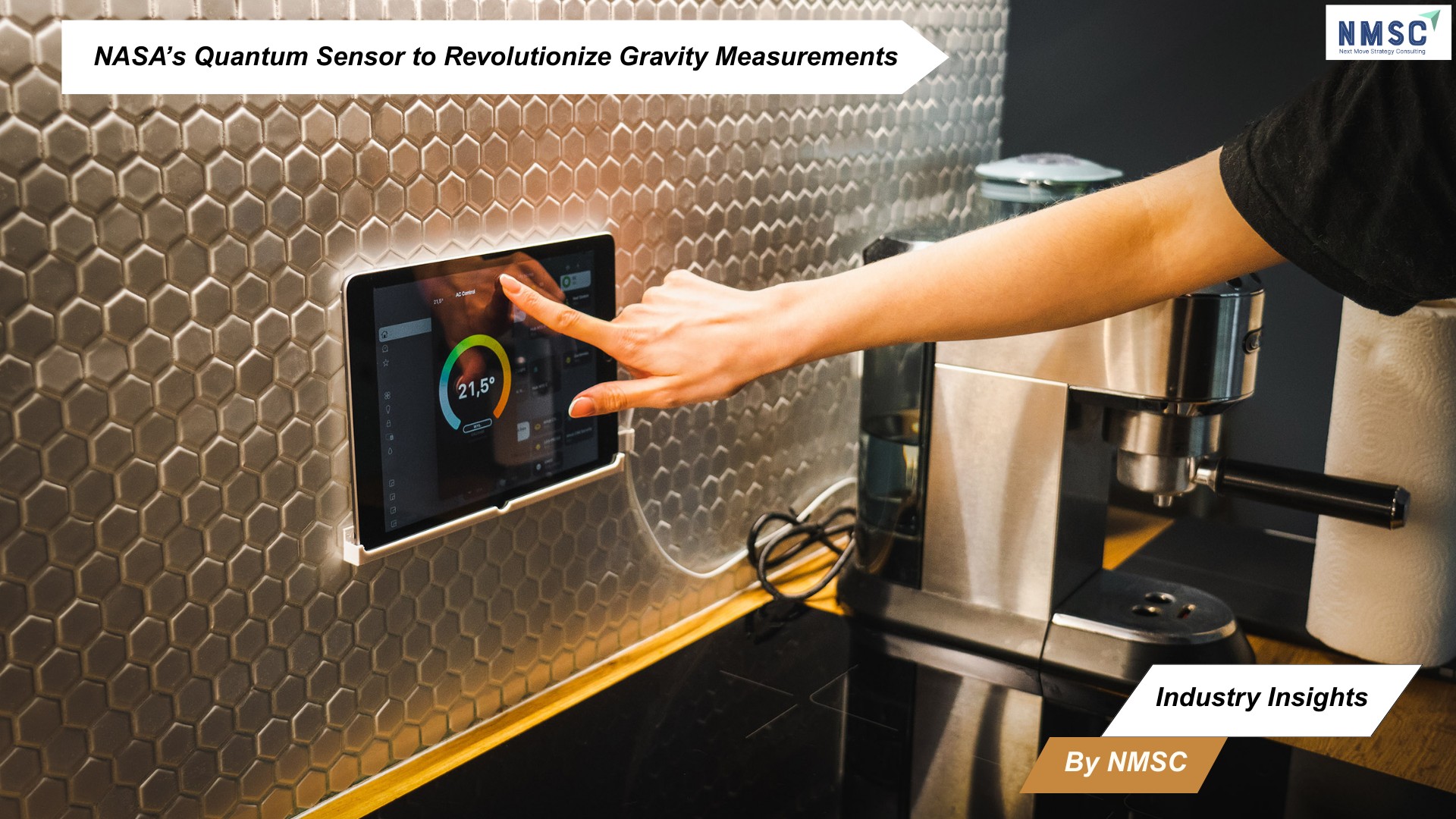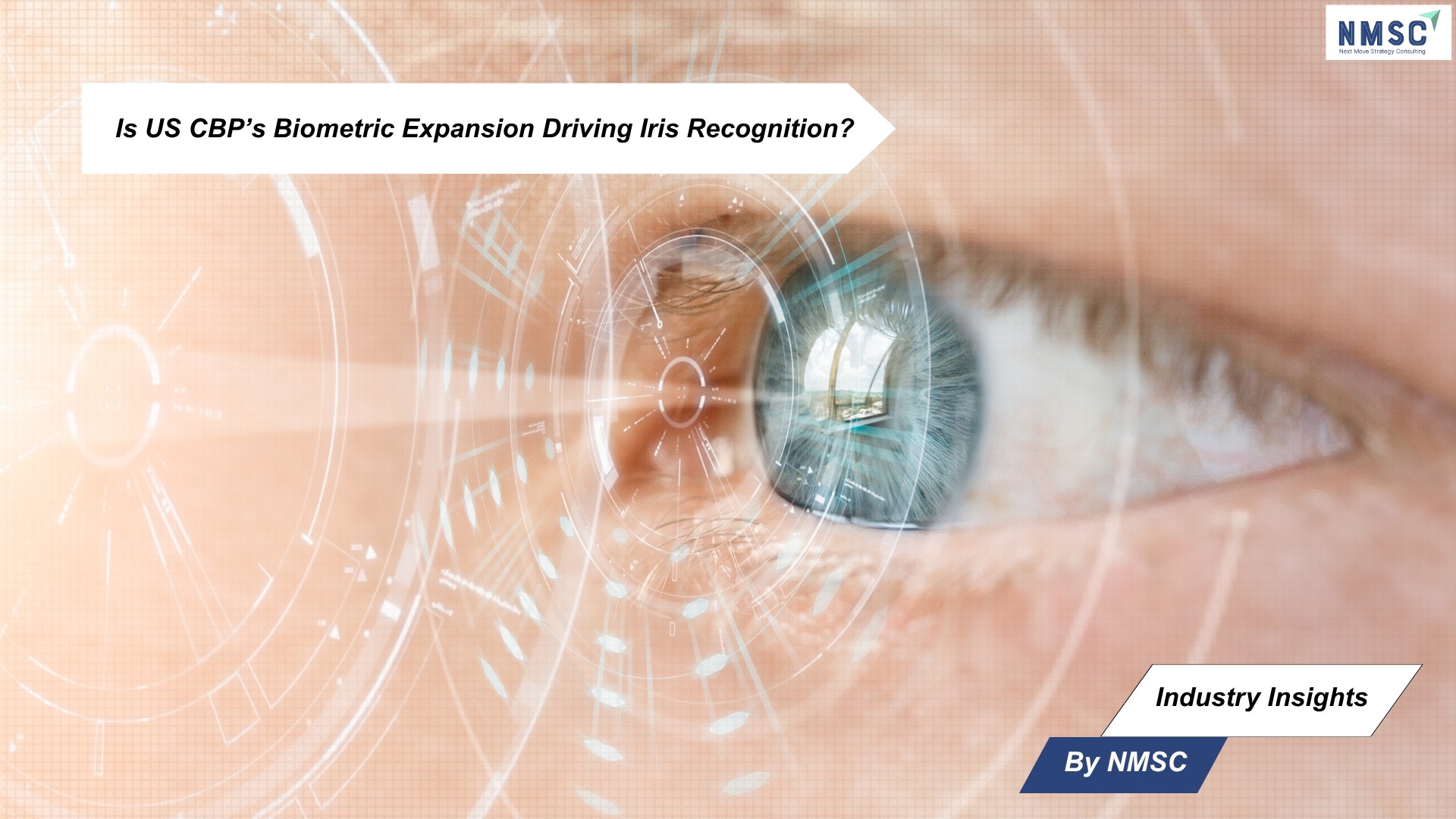NASA’s Quantum Sensor to Revolutionize Gravity Measurements
Published: 2025-09-04

Industry Insights from Next Move Strategy Consulting
In a groundbreaking step for space exploration, NASA’s Jet Propulsion Laboratory (JPL) is developing the first-ever space-based quantum sensor for gravity measurements. The Quantum Gravity Gradiometer Pathfinder (QGGPf), supported by NASA’s Earth Science Technology Office (ESTO), is designed to harness the principles of quantum mechanics, enabling unmatched precision in mapping Earth’s gravitational field and unlocking new insights into planetary science.
Revolutionizing Gravity Measurement
Conventional gravity-measuring tools rely on classical physics and often face limitations in sensitivity. JPL’s quantum sensor takes a leap forward by using ultra-cold rubidium atom cooled close to absolute zero, which behave like waves. This quantum approach allows the sensor to detect subtle gravitational variations that were previously undetectable, transforming how scientists collect and interpret space-based data.
According to the report by Next Move Strategy Consulting, the global Quantum Sensor Market size is predicted to reach USD 814.07 million by 2030 with a CAGR of 18.2% from 2025-2030.
“By using atoms as test masses, we ensure each measurement is consistent and less prone to environmental effects,” explained Sheng-wey Chiow, physicist at JPL. This breakthrough promises to revolutionize studies of underground aquifers, mineral reserves, and dynamic planetary processes.
Key Capabilities at a Glance
-
Quantum Precision: Up to 10 times more sensitive than classical gravity sensors.
-
Compact Design: About 0.25 cubic meters in volume and weighing 125 kilograms—ideal for single-spacecraft deployment.
-
Resource Mapping: Detects gravitational anomalies tied to aquifers, petroleum reserves, and mineral deposits.
-
Space Science Applications: Supports planetary exploration, Earth observation, and even national security.
A Foundation for Future Discoveries
The QGGPf mission is primarily a technology validation project, scheduled to launch near the end of the decade. Its goal is to test groundbreaking methods of manipulating light and matter at the atomic scale, paving the way for the integration of quantum technology into future space missions.
By enabling long-term, highly accurate gravity measurements, the sensor could dramatically improve studies of Earth’s geophysical processes and provide new tools for exploring distant planets and moons.
Industry and Scientific Impact
The initiative highlights strong collaboration between NASA, private companies, and academia. JPL is working with AOSense and Infleqtion to advance sensor head technology, while NASA Goddard and Vector Atomic are refining laser optical systems. Together, these efforts ensure the QGGPf sets a precedent for future quantum sensing missions.
“The QGGPf instrument will lead to planetary science applications and fundamental physics applications,” noted Jason Hyon, chief technologist for Earth Science at JPL.
Charting the Future of Space Science
NASA’s quantum gravity sensor represents a pivotal leap in the evolution of space-based research. By merging quantum mechanics with advanced sensing technology, JPL is equipping scientists with the ability to study Earth and the cosmos with unprecedented clarity. This mission not only advances quantum technology but also strengthens NASA’s commitment to innovation, ensuring a transformative future for space exploration.
Source: https: //www.jpl.nasa.gov/news/nasa-aims-to-fly-first-quantum-sensor-for-gravity-measurements/
Prepared by: Next Move Strategy Consulting














Add Comment